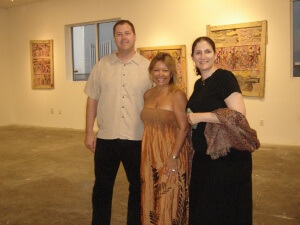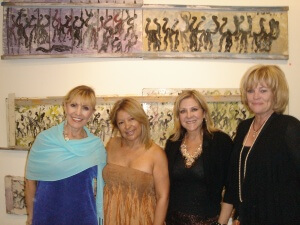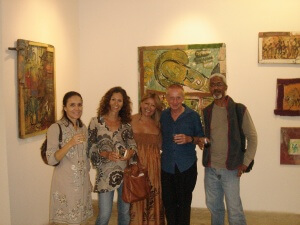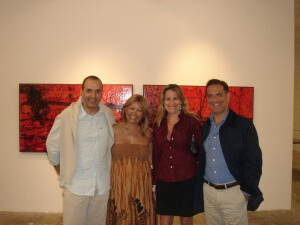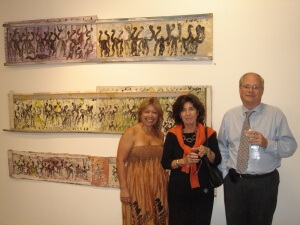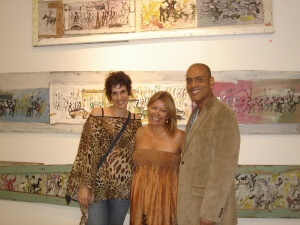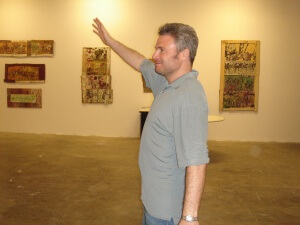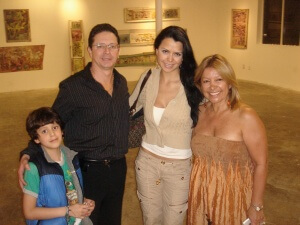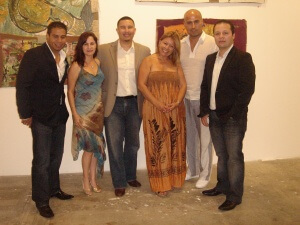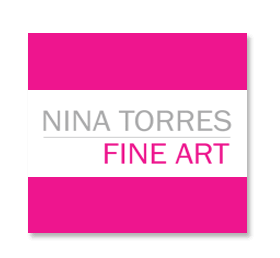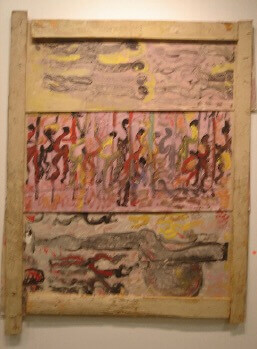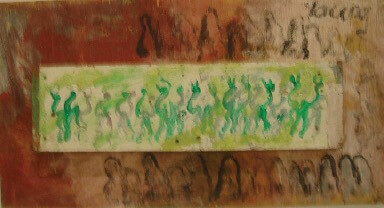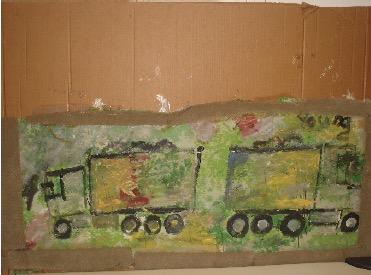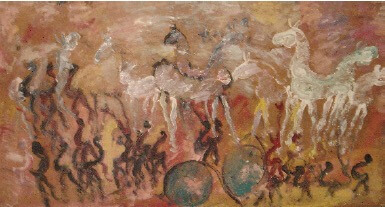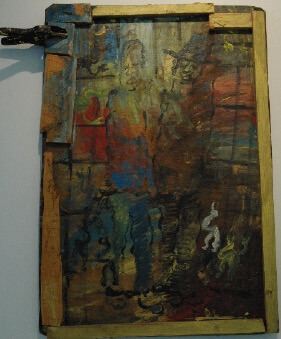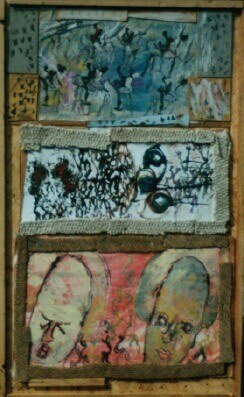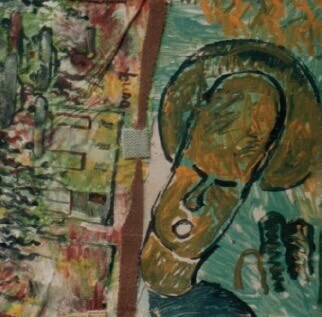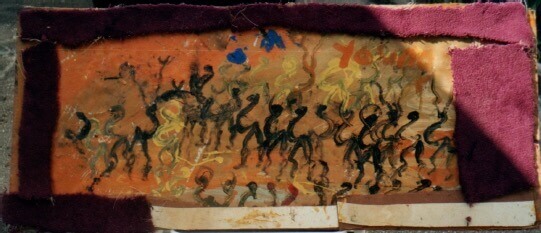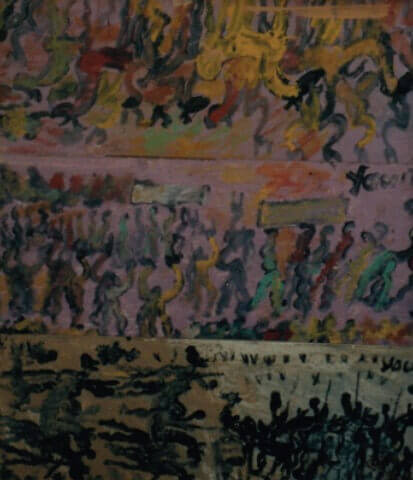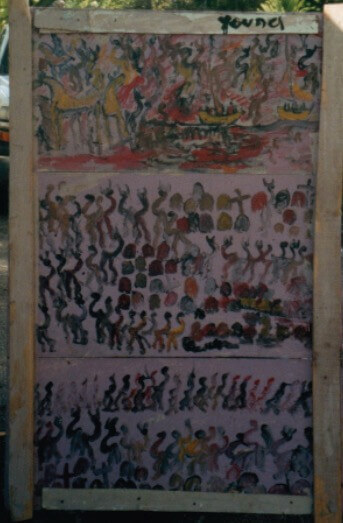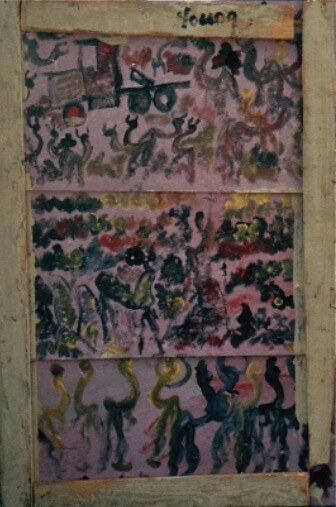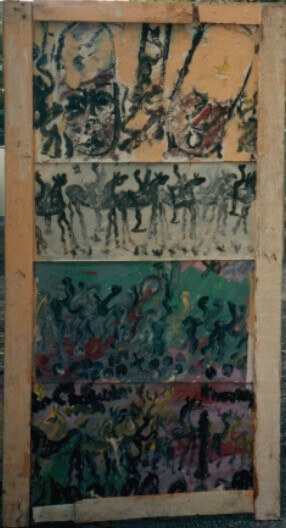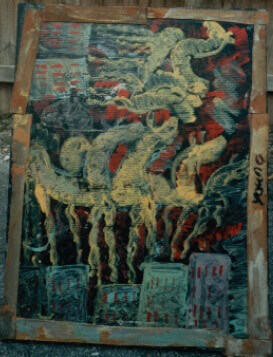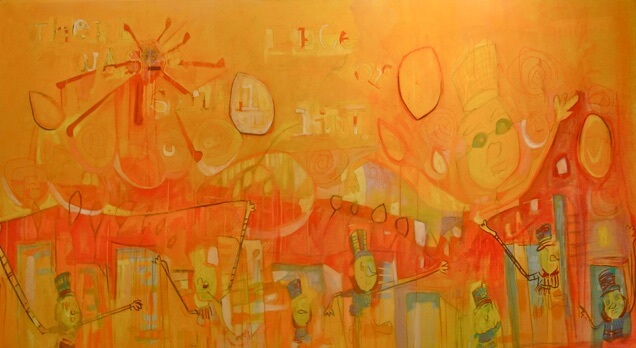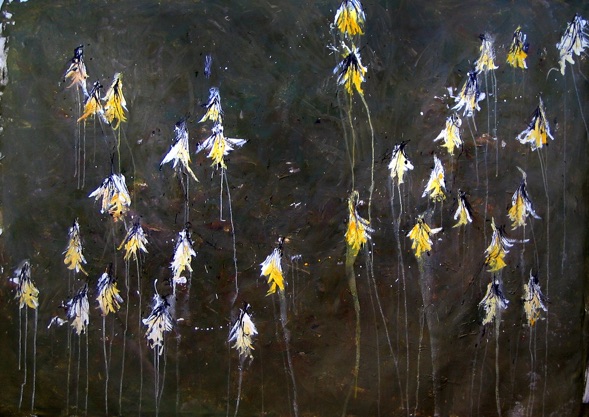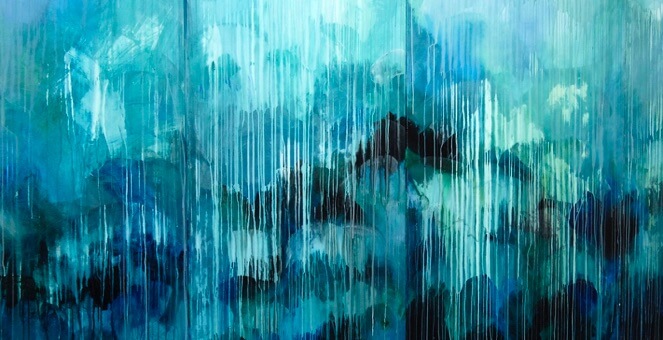Project Description
ABOUT THE ARTIST
THE WORLD AND THE VISIONS OF PURVIS YOUNG BY CARLOS M. LUIS
ESPECIAL / EL NUEVO HERALD
In 1922 the psychiatrist Hans Prinzhorn published a book that was pivotal to understanding the art of the marginalized: The Art of the Insane. Turn inspired by research from a year earlier had made another psychiatrist Walter Morgenthaler about the schizophrenic Adolf Wolfi, his work opened the doors to outsider art or art brut, baptized as Cardinal Roger and Jean Dubuffett in 1972. As a result of that research emerged L’Art Brut Les Cahiers (1964-1984), and La Compagnie de Art Brut, founded among others by Dubuffet, André Breton, Jean Paulhan, Michel Tapie. Since that time multiplied trade exhibitions in galleries and museums, together with the publication of books on the subject such as Michel Thévoz in 1975. Currently the Reina Sofia Museum is exhibiting the paintings of Mexican Martín Ramírez, one of the greatest exponents of so-called ”art brut.”
In other words, despite the definition to make the French painter, that the rough art was nurtured in the solitude of a creative instinct outside the paradigms of the official culture of the marginalized art has penetrated into the current official culture. But not quite. Although the “raw art” now part of important private collections and museums, creating continued in the imaginary space that some people elect “see” or “listen” in him. These beings have no previous formal education, or are imbued with the theories of cultural historians. These people simply watch and listen to other realities outside our own. Purvis Young (1943 -) belongs to this category.
The newly opened Nina Torres gallery is exhibiting “A Tribute to Purvis Young” an important set of works by the artist executed during the decade of the 80s, when Purvis Young still had not reached the fame with which it has today. The materials of the works was going to give a Cuban-American businessman who owned a business in front of the artist’s studio, and eventually amassed a large collection of his paintings and books. Purvis Young at that time had jumped into the world of artistic expression following their primordial instincts. That fact forces us to look at his work in optics that pass above the usual convention, to try to capture their true intentions. What language Purvis Young wanted to transmit to us by the rusticity of his compositions? I do not think he is trying to incite in the viewer a kind of aesthetic jolt. Young worked in another dimension and on other concerns that have nothing to do with an artist who consciously faces the emptiness of a fabric or paper. The current exhibition, which spares no space to show you one of the most significant moments of their production, amply illustrates the painter’s intentions.
Visiting the show at Nina Torres gallery, leads us to discover a colorful world of characters, faces, horses, and silhouettes parading before us with the ease with which someone is not shaped by the styles of art, wants to present their views. Entry that is what surprises us: its naturalness. The means it uses, from wood chips, which also serve as frames for his compositions, even old canvases, all painted with opaque pigments, Purvis Young indicates that its expression reduces to basics. “Elementary? How can we define the elemental in his work? In the same way that native Australians or New Guinea flimsy materials used to make masks or paint on the bark of trees, Purvis Young is comfortable with theirs. For this artist, who also has to his credit a large number of illustrated books as palimpsest, the raw material serves to connect with living forces. Undoubtedly, Purvis Young gives us the key to its creation if we take as a common denominator, that need connection seems to be part of all marginal artists. And while that gives us the key, tells us a life force that appears in each of his compositions. Faced with the same sense as beyond the “call” inspiration, there is another phenomenon that escapes the traditional definition of art. Precisely because it escapes the narrow charges so often imposed by critics and historians, expands the possibilities for making us part of an original creative act, in its deepest sense.
GALLERY
